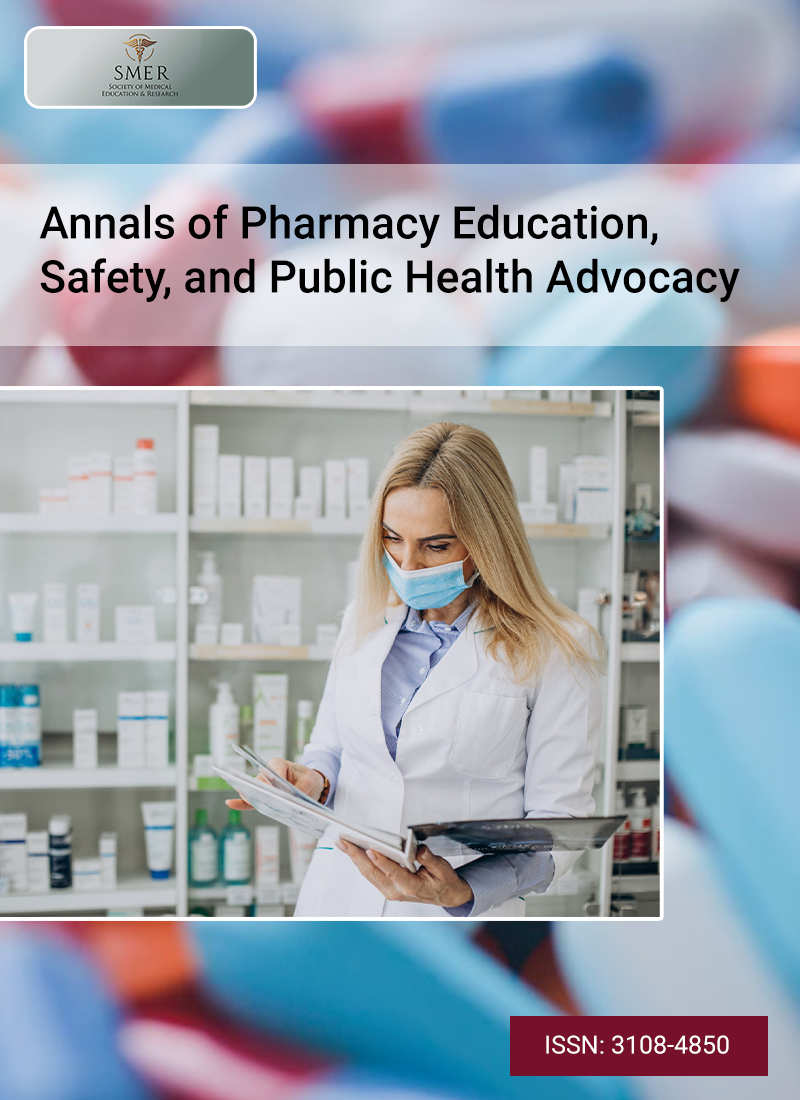
Posthospital care aims to enhance patient access to providers and reduce avoidable readmissions. This study assessed the feasibility, barriers, and influencing factors associated with implementing remote patient monitoring (RPM) for oncology patients at the Hartford HealthCare Cancer Institute (HHC) in Hartford, CT, and across a statewide health system. A mixed-methods approach was employed, combining quantitative surveys with qualitative interviews and focus groups to gather insights from hospital stakeholders. The focus was on organizational culture, leadership, learning capacity, and available resources for RPM implementation. Surveys were distributed between September 1 and 30, 2022, and responses were analyzed based on frequency and percentage. Items with the highest rates of neutral or negative responses informed subsequent qualitative data collection. Purposeful sampling was employed to recruit stakeholders and patients for interviews and focus groups conducted between January 1 and 30, 2023. Organizational maps were created to visualize current and prospective clinical workflows. Of 63 stakeholders invited to complete the readiness for implementation survey, 53 responded (84% response rate), with 67% supporting RPM to improve patient care. The interviews and focus group discussions revealed stakeholder perspectives on readiness for change, organizational climate, resource availability, and perceived barriers and facilitators to change. In total, 78 participants—including survey respondents, Patient and Family Advisory Council (PFAC) members, and hospital staff—were invited to participate in qualitative data collection, with 52 individuals (67%) agreeing to participate. 8 one-on-one interviews and six focus groups were conducted. Key themes included integrating RPM into existing systems, relevance to care teams, and prioritizing patient- and family-centered care. Additional subthemes were also identified. Stakeholders supported RPM as a means to enhance communication and improve access to care for patients with oncology. Providers emphasized critical success factors, including dedicated intervention teams, effective response protocols for symptom alerts, and system-wide access to clinical data. Patient participants underlined the importance of incorporating patient-centered design into RPM program development.